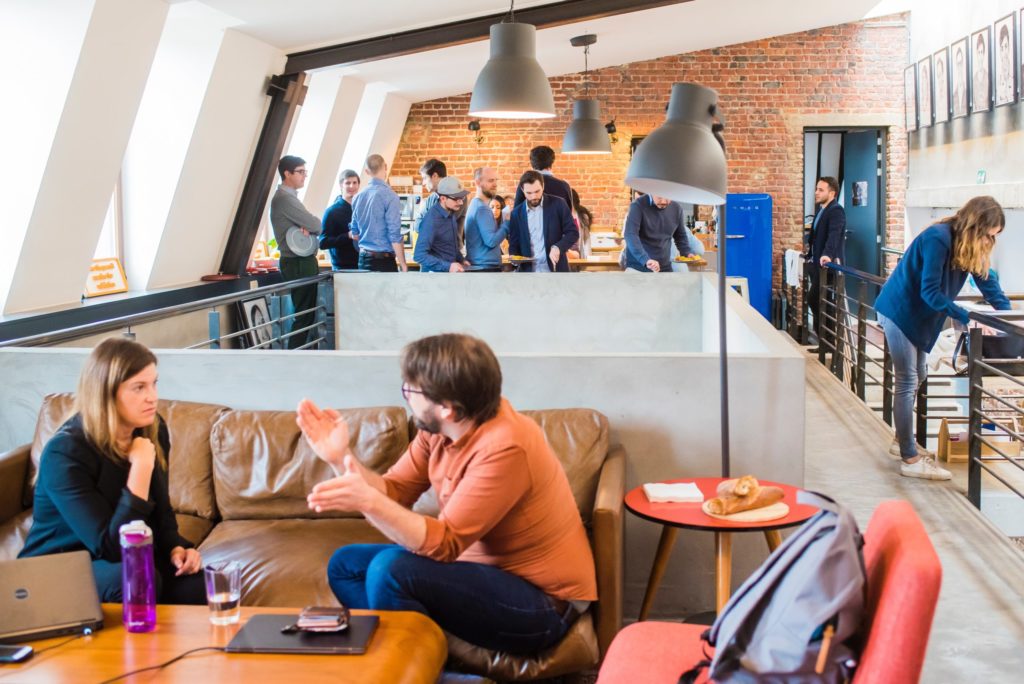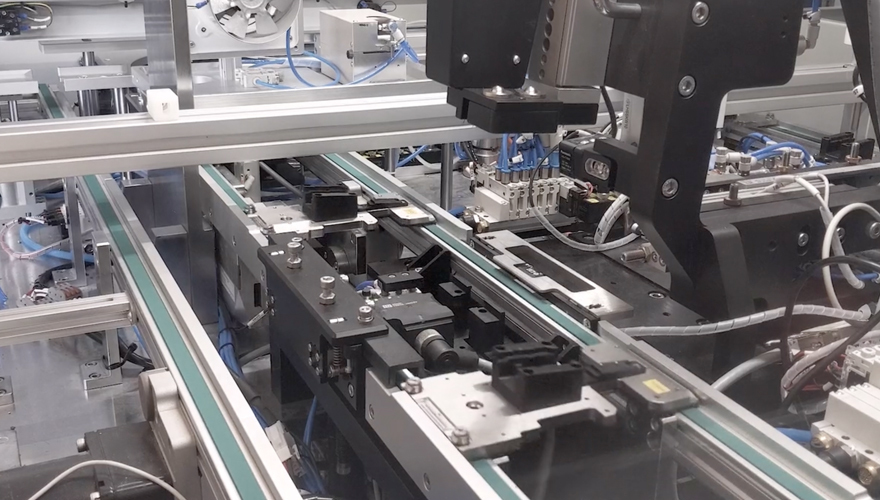Article
Engaging Your Employees Within an Innovative Culture Part 1

Once Tools and Systems are thought out, the next key to developing an innovation culture is in helping employees use them.
This includes giving team members across all levels of the organization the time, motivation, and encouragement to participate in innovation activities, as well as the proper training to approach problem-solving and collaboration in effective ways.
Giving Time to Innovate
For a company to effectively innovate, there needs to be a steady and consistent pipeline of ideas and innovation initiatives. These ideas, however, cannot be conceived without allocating time for individuals within the company to think and contribute to the cause.
Finding the right balance between exploration and core work is vital to support innovation. While an innovation time policy might not work for your organization, encouraging employees to think about the bigger picture and explore solutions to challenges they see, can produce incredibly valuable results. In the case of Gmail, that investment in time has yielded billions of dollars in new revenue.
Engaging Employees at All Levels
Some of the most impactful ideas can come from the most unexpected spots. We believe that in order for an idea to have a company-wide impact, we need specialist innovators, but also collaboration. There is a lot to consider in the process of innovation, and just gathering ideas is not enough. We’ll address this in greater detail, but it’s worth noting that including the ideas from the most diverse set of perspectives can provide the most beneficial and rewarding results.
Studies Linking Innovation to Engagement
A study by Kreuger & Kilham found that 59% of engaged employees say their job “brings out their most creative ideas,” a sentiment shared with only 3% of disengaged employees. This suggests there is a link between engagement and productivity, relative to employee inclusion in innovation activities. A different study by the Chartered Management Institute found companies encouraging innovation experienced lower sickness and absence rates, along with higher employee engagement. While one might think innovation and creative work might be another burden to put on employees, these studies suggest it’s actually a tool a company can use to engage and satisfy them. This can lead to increased productivity and lower turnover.
Incentivizing Productive Behaviors
If only upper management is involved in innovation activity, a company will miss out on the wealth of ideas and insights a broader base of employees may have. Similarly, if only lower-level employees are working on innovative ideas, it can be difficult to get stakeholder buy-in and investment in new opportunities. One way to engage employees in innovation activities is through the implementation of recognition and reward systems.
Incentive structures help by aligning and engaging individuals toward specific outcomes. These can range from incentive pay, motivating workers to be invested in the success and growth of a company, to incentive benefits that help attract top talent. As many articles on innovation reward systems note, when it comes to developing a reward structure for innovation initiatives, it is vital to be rewarding the correct things.
A successful reward system can help individuals think creatively and increase motivation. The wrong reward infrastructure can actually serve to hurt intrinsic motivation and creativity.
The Importance of Learning Innovation Practices
Why can some companies pour millions of dollars into an innovation engine with very few results, while others see massive benefits from much smaller investments? It’s a question that has stymied organizations for years.
Innovation results from many practices and ideologies. Understanding them can prove invaluable to developing new ideas, evaluating and testing, and finally, implementing them. Principles such as iteration, failing fast, divergent and convergent thinking, as well as dozens of others, can create informed innovators set to revolutionize an industry. With this in mind, a training methodology for helping individuals to better understand innovation practices is necessary for success.









